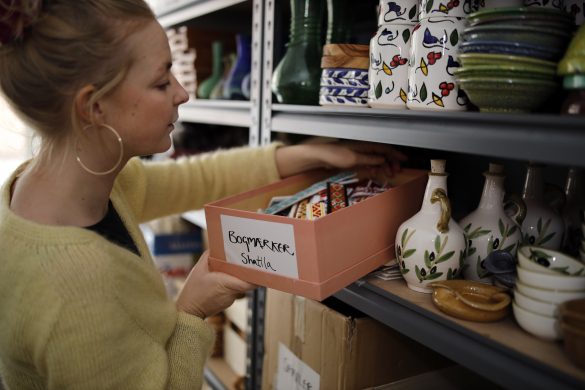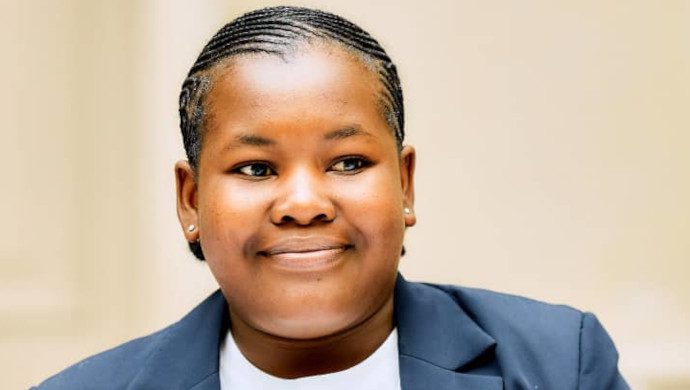A new project from FAO (FNs Fødevare- og Landbrugsorganisation) is helping countries around the world improve their monitoring of fishing activities, a step the Organization says is essential for better management of world fishery resources.
The eight-year “Status and Trends in Capture Fisheries” (STF) project, managed by FAOs FishCode Programme, will tackle one or two regions at a time, eventually covering the entire globe.
First, FishCode STF teams up with regional fishery organizations to conduct a detailed inventory of the systems and methods that countries use to monitor fisheries and the kind of information they collect.
Regional workshops then review these inventories to identify problems – and the steps necessary to correct them.
Based on that, second phase project activities will focus on training programmes tailored to each regions needs to help countries strengthen monitoring and data collection. The entire process could take up to four years for each region.
More support needed
FishCode STF has already begun work in Southeast Asia in collaboration with the Southeast Asian Fisheries Development Center (SEAFDEC); next on the agenda is Central America and the Caribbean, with an initial workshop to review the state of regional fisheries monitoring systems scheduled for November 2005.
West Africa and the Bay of Bengal are also priority regions for the project.
Initial funding for FishCode STF has been received from Japan, Norway and the United States, but additional support is needed.
How many fish, how many fishers?
FAO, as the only repository (opsamlingssted) for global fishing data, regularly collects a wide range of fisheries information from over 200 countries and uses it to produce situation reports like the recently published State of World Fisheries and Aquaculture.
Having a clear understanding of the state of fish stocks, where and how fishing occurs, the level of fishing capacity that countries maintain, and the socio-economic contributions of the sector is essential for responsible fisheries management.
But many countries, especially resource-strapped governments in the developing world, have a difficult time collecting adequate or complete data on fishing.
For instance, some 33 percent of all catches in the South West Indian Ocean are not identified by species, a recent FAO study showed.
Such data gaps make sound management of fishery resources exceedingly difficult.
– Ensuring that fisheries are sustainable requires more detailed information, broken down regionally, by species, by high seas, and by coastal versus inland catches, explained FAOs Gertjan de Graaf, who coordinates the FishCode STF project.
Improving world fisheries information is a step called for by FAOs Code of Conduct for Responsible Fisheries, and in 2003 FAO published a Strategy for Improving Information on Status and Trends in Capture Fisheries to point the way forward.
Link: FishCode STF project:
www.fao.org/figis/servlet/static?xml=STF_proj.xml&dom=org
Kilde: www.fao.org














